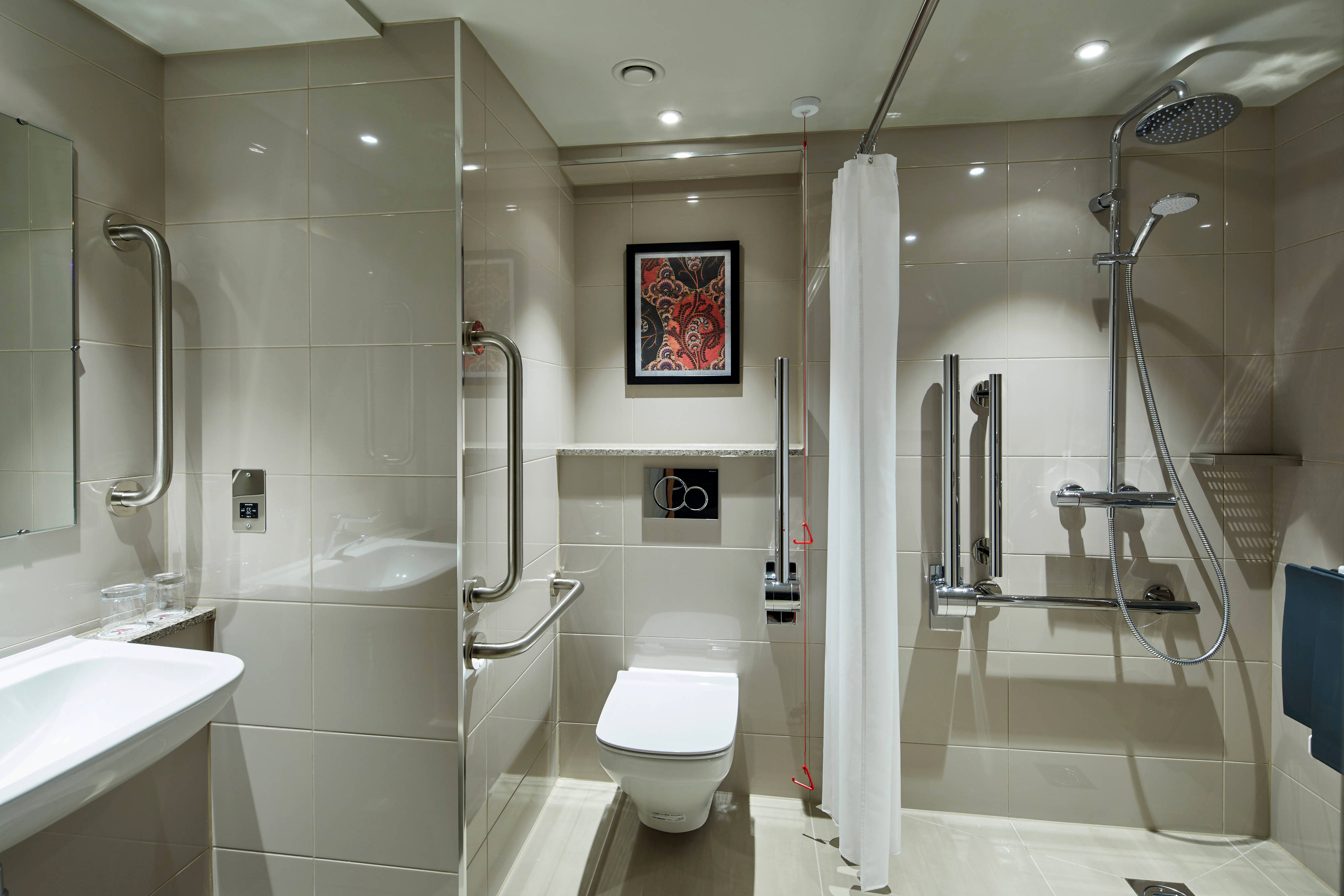In fact, the earliest soft furniture appeared in ancient Egypt. Subsequently, in ancient Greece, fabrics for covering cushions emerged. After that, springs used in soft furniture were developed, and many pieces of furniture began to utilize cushion fabrics combined with springs to create upholstered furniture. The most classic form of upholstered furniture is the sofa. Today, we will discuss a type of upholstered furniture commonly used in hotels—the sofa.

Definition of Sofa:
In a narrow sense, it is a type of chair with spring cushions; in a broader sense, it refers to any seating or bedding with cushions or soft surfaces. The central idea is that it consists of soft padding, but it must include springs.
Technical Steps in the Production of Hotel Upholstered Furniture Sofas:
The processes involved in making a finished sofa include: preparation, wooden frame construction, base strip attachment, spring fixation, sewing the bottom burlap, stapling, applying sponge padding, surface covering, stapling the bottom fabric and corner wrapping, and finally, packaging for storage.

Stapling the Sofa Frame: Combining the functionality of wooden composite materials with the stability of solid wood structures, solid wood joints can be fixed using wood screws and iron nails. Material selection should avoid “excessive use of materials” and aim for effective utilization and conservation of raw materials.
The exposed parts should be made from high-quality materials with aesthetically pleasing wood grains, while the covered sections may include knot holes.
For components like sofa legs that are bent, the natural use of bent wood should be followed to meet the cutting requirements of bent saws. To ensure strength and conserve materials, the choice of wood composite materials needs to have adequate strength and nail-holding power. Strong components should be made from hard and flexible wood, and wood that can withstand higher stress should be selected.

Linear components are processed on a circular saw; for bent pieces, suitable bent wood is directly processed, and it should not be sawed curved. When gluing bent wood, complex processing can be slow.
Material processing includes planing along the grain direction, assembly, and grinding. The cutting saw has a simple process and does not require specialized equipment to connect to a band saw, leading to lower wood utilization rates and reduced product strength, with exposed fiber end surfaces and poor milling decoration quality.

For squared timber, it is essential to maintain the original wood grain, but it must be softened beforehand. Often, improper material selection or inadequate control of processing conditions can cause wool bending damage, resulting in noticeable rebound effects.

The above outlines the technical steps involved in the production of hotel upholstered furniture sofas. To create a good sofa, these materials and steps must be supported; not one can be overlooked. Additionally, the treatment of materials and the craftsmanship during the production process determine the quality of the sofa and ultimately its lifespan.
